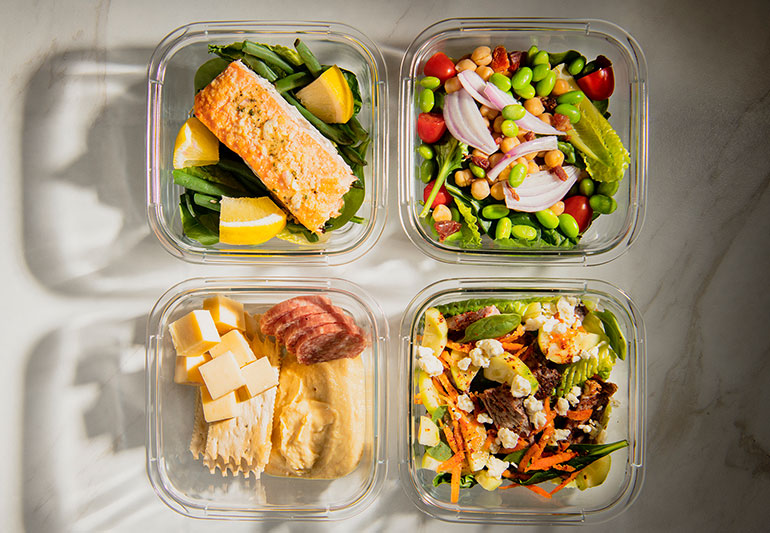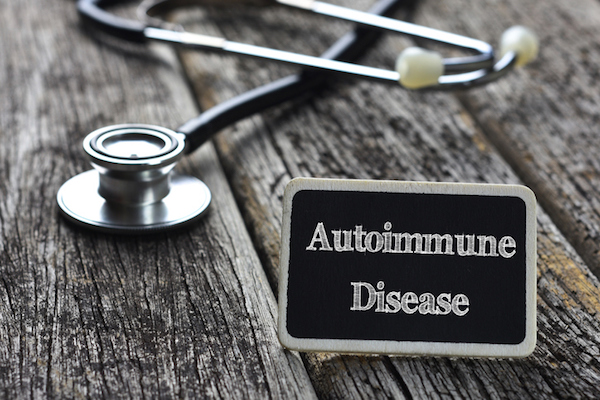Preparing your meals the same day that you plan to eat them is very difficult. A lack of planning to prepare meals can lead to unhealthy food choices.
It’s important to find a routine that works for you. Meal prep should save your time and make it easier for you to eat healthier during the week. Getting into a routine may take some trial and error before you finally find what works best for you. Here are some tips to get you started:
—Storage—
If needed, buy new storage containers (I prefer glass containers with snap lids). It’s a good idea to buy containers that are the same size so that they can be stacked easily in your refrigerator.
—Plan—
Planning is essential before you go to the grocery store! Make a shopping list based on the ingredients you will need. DO NOT go to the store when you are hungry or have no idea what you’re making.
Come up with a menu for the week that will include each of your meals and snacks. Remember to make enough to have leftovers so you don’t have to cook every single day.
—Preparation—
Do all of your food preparation in advance: dice and chop vegetables, hard boil eggs, and/or grill or bake protein. These can be used during the week to make meals, such as salads.
Make easy meals that don’t require a lot of ingredients and time. A crockpot is a great way to make a large quantity of food for the week.
One-pan meals are easy and delicious too. Don’t forget to add seasonings, herbs, and spices to make your meals taste great!
Make whole grains (quinoa, brown rice, barley) and potatoes (sweet or regular) in advance. These will stay fresh in the refrigerator for a few days and can be added to salads or used as side dishes for your main meals.
—Time—
Set time aside for yourself on a weekend day to meal prep for a few days. For example, prep on Sunday to get you through Wednesday. Then prep on Wednesday for the rest of the week. Put everything in containers and store them in the refrigerator so they are easily accessible. Do what’s best for you – package all your meals for the week in containers at one time or package meals day-by-day with the foods you’ve prepared.
—Cooking—
The point of meal prep is to make life easier for you during the week, but this doesn’t mean that you have to pre-cook everything! For example, you can marinate chicken breasts or lean beef, place them in the freezer, and defrost them when you’re ready to cook them. The same thing applies to other food items, such as homemade turkey burgers, meatballs, and soups.
If you like your vegetables or proteins freshly cooked (like me!), then you can portion them out for each meal and put them in containers when they are ready to be steamed, sautéed, or grilled. The only thing you will have to do the day of your meal is to cook them.
—Snacks—
Portion snacks into snack-size bags, but look at the serving size on the label too. This is very helpful in preventing you from eating mindlessly straight out of the bag and consuming too much at one time.





